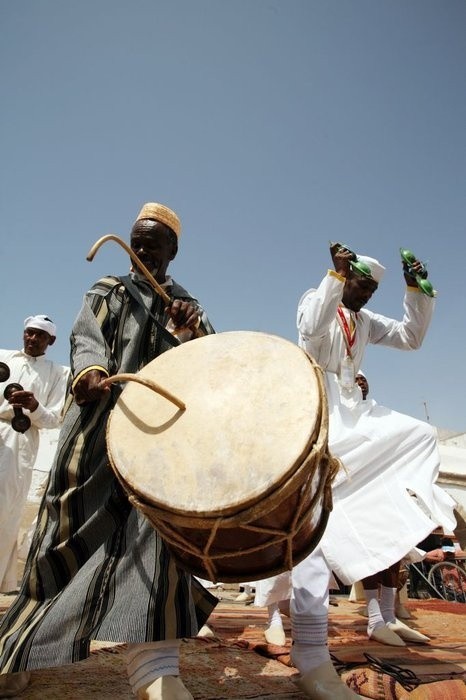#gnawa music
Text
me? obssessed with gnawa?
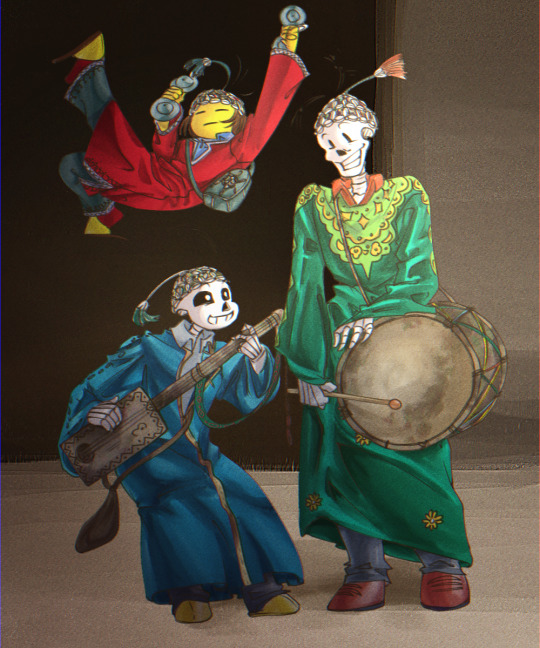
yes, yes I am b**ch
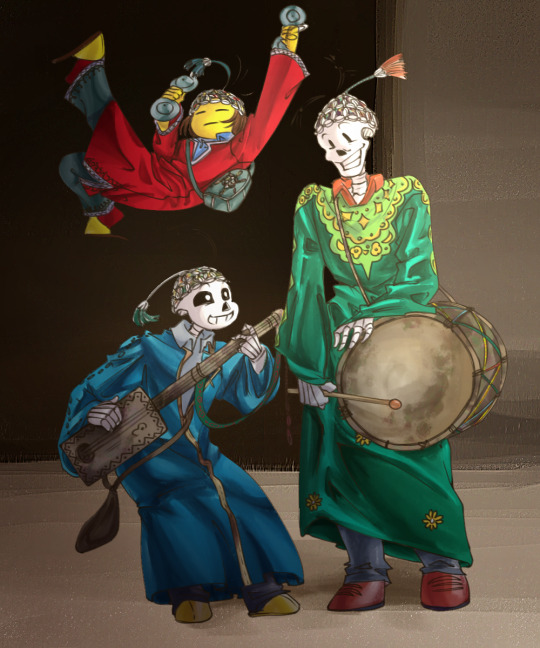
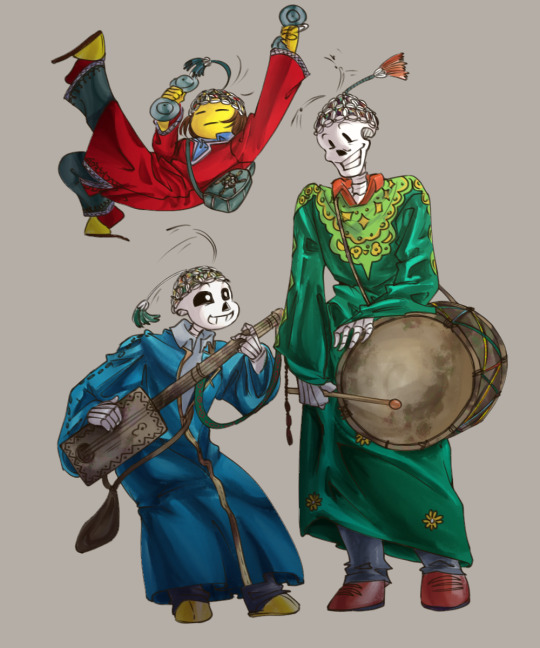
the sillies
#undertale#sans#frisk#papyrus#art#gnawa#gnawa music#moroccan stuff#north africa#Bc we love mother africa
100 notes
·
View notes
Text

28 notes
·
View notes
Text

12 notes
·
View notes
Text
youtube
youtube
Jacob Collier - Box of Stars Pts. 1 & 2
#Jacob Collier#music for your earholes#hip hop#rap#orchestra#kirk franklin#chika#d smoke#sho madjozi#yelle#kanyi mavi#steve vai#metropole orkest#voces8#suzie collier#the aeolians of oakwood university#djesse#brazil#cuba#guinea#punjab#morocco#egypt#peru#month of Djesse#gnawa#Youtube
4 notes
·
View notes
Text
a curated playlist of African hits from the 1970s to the early 2000s. journey through genres like jazz, zouk, highlife, shambo, zilin, gnawa, mbaqanga, jive, and many more. let the melodies transport you to the soul of Africa's rich musical heritage.
enjoy!
+ share
20 notes
·
View notes
Text
Peter Brötzmann - Majid Bekkas - Hamid Drake - Catching Ghosts - Brötzmann on ACT?! A 2022 live set released shortly before his death
The 2022 Jazzfest Berlin performance by revered, iconoclastic reedist Peter Brötzmann, Moroccan Gnaoua adept Majid Bekkas playing the two-stringed, camelskin-backed guembre, and Chicago-bred drummer Hamid Drake, documented as Catching Ghosts, is historic.
6 notes
·
View notes
Text
59: Nass El Ghiwane // Nass El Ghiwane

Nass El Ghiwane
Nass El Ghiwane
1976, Plein Soleil
The job of a label press release is to pique interest in a record, and when you’re in the ~*world music*~ reissue business that usually means trying to find a parallel between your artist and a familiar touchstone, angling for the off chance an openminded shopper will take a shot and throw your record into the day’s stack. This is the ship that launched a thousand “the [western artist] of [non-western country]” blurbs (“The Hendrix of Turkey!” “The Joni Mitchell of Zambia!” “The Mort Garson of Brunei!” etc.). It worked on me when a somewhat younger, much callower version of myself snagged Nass El Ghiwane (1976) from a shop that’d taped an excerpt of the press release to the sleeve. Here it is in full:
“Formed in 1971, Nass El Ghiwane's five members first performed in the avant-garde of Morocco's underground theater scene. Following their debut performance as a band in Rabat at Tayeb Seddiki's Mohammed V Theatre, their songs became the 1970s anthems of Moroccan youth -- nationalist, rebellious, experimental, and bygone all at once. They are Morocco's most enduring musical legacy. They modernized the way music was transmitted to the disenchanted and rebellious youth of their country. Their concerts would turn into riots as their music and lyrics incited deep affection from their virulent fan base. Their music echoes medieval Moroccan oral traditions; coming from the Gnawa trance music of their ancestors, they sang tales of Sufi mystics and wrote lyrics that criticized the conservative monarchy of Mohammed V. They were the first to introduce the banjo, guembri, and colloquial Moroccan Arabic in their version of the shaabi genre. Nass El Ghiwane were a huge influence on Algeria's modern Raï movement, as Cheb Khaled started his career covering Nass El Ghiwane's songs. This is exemplary trance music and the foundation of the modern era in Moroccan music. Martin Scorsese has called them "‘The Rolling Stones of Morocco.’" It could be argued that Scorsese's claim would be more accurate if the Stones were fronted by Bob Dylan. This is the first ever vinyl reissue of their third album from 1976, one of the most desired LPs in their legendary discography. Fully remastered sound.”
It's a near platonic ideal of its kind—rife with dope-sounding references (Gnawa trance music! Sufi mystics! Concerts breaking out into riots!), and intriguing bold-type names.* I might have had no idea who Cheb Khaled was, but the wording insinuated I should and would like to, and the references to the Stones and Dylan suggested I was holding some kind of wicked fusion of Arabic folk music and heavy rock. Which anyone who knows anything about Gnawa trance music, or shaabi, or Raï, probably could’ve told me it wasn’t, but none of those people were in Sonic Boom Records at that time, so they didn’t, and I ended up with a record I really didn’t know what to make of for quite a while.
To paraphrase writer Ralph Wiley’s rejoinder to Saul Bellow’s (allegedly) dismissive question, “Who is the Tolstoy of the Zulus?”, the Rolling Stones are the Rolling Stones of Morocco, and Dylan is the Dylan of Morocco. Nass El Ghiwane are similar to these acts in the sense that they were famous and countercultural in their own society, but what that meant in a Moroccan context, and in musical terms, is very different. “Nass El Ghiwane isn’t a pop group in the classical sense, but more of a theatre group that sings,” noted Tayeb Seddiki, a theater director who helped launch their career. He continues:
“They’re sort of troubadours. In the Atlas Mountains, we have three or four poets who travel from souk to souk, from village to village, singing stories from a political, economic or sociological viewpoint that deeply interests people. […] Nass El Ghiwane were the first, and they still are. Moroccans recognize themselves in the group. They see their problems reflected in their songs, their daily lives and all their issues.”
This is something close to a working definition of the appeal of any ethnic or national folk music, music that seems to concentrate the experience of living within one’s culture into song. Like many American and British folk revival artists of the ‘50s and ‘60s, Nass El Ghiwane began by performing and reinterpreting traditional songs. In their case, this was romantic poetry that had been preserved through oral traditions going back generations. Once thoroughly steeped in the scales and structures of these familiar songs, they began to also create original material that felt to Moroccans like an organic outgrowth of their proud musical lineage.
youtube
Though I eventually grew to appreciate the insistent rhythms and passionate group vocals of the LP I’d purchased, it wasn’t until I watched the 1981 documentary/concert film Trances (الحال) by director Ahmed El Maânouni that I got a better handle on what made Nass El Ghiwane such a profound experience to their fans. (I highly recommend this 88-minute film, which Criterion re-released in the 2000s. I was able to easily find a high quality rip on the Internet Archive, and this YouTube version is decent.) Nass El Ghiwane’s performances alternated between dramatic spoken word monologues and incantatory rave ups which left audiences in exhausted, cleansed heaps. The film makes explicit the connections between the ecstatic healing rituals of the Gnawa and the wild dancing of the band’s young fans:
Here, at last,
comes the time of ecstasy, of trances
Those who refuse to their senses
the gift of trances
shall wither



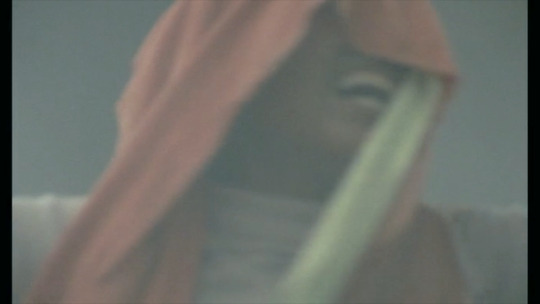

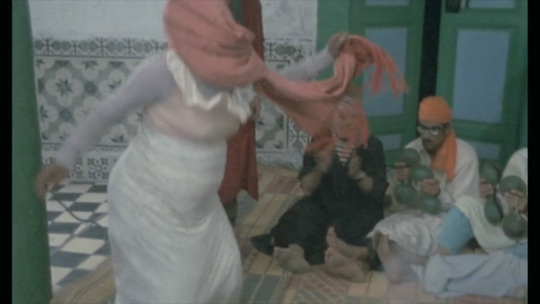

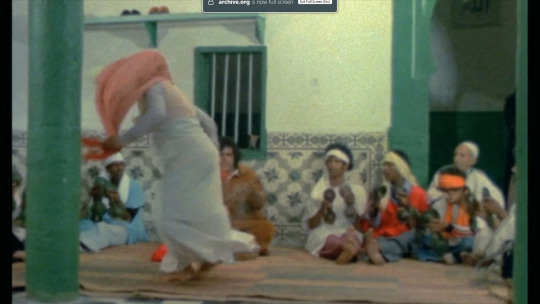


Trances also gives welcome insight into each member’s personality and role in the band. There is virtuosic banjo player Allal Yaâla, a quiet Black Moroccan with a mastery of Arabic, Berber, and occidental scales who taught the others much of their original repertoire. Tabla drummer and frequent lead singer Larbi Batma was their soul, a lanky, intense poet whose seriousness was offset by the sly humour of bendir (handheld frame drum) player Omar Sayed, the strongest actor of the troupe and perhaps its most gifted singer. The longest-running version of the band was rounded out by Abderrahmane "Paco" Kirouche on sintir (a sort of bass lute) and daadoua (a shoulder-held goblet drum), a robust man who’d been a woodcarver before finding musical success.
Nass El Ghiwane is an LP I appreciate more as I discover more of its context, knowing not only who these men are but how their talents fit together; some notion of where their music came from, and how audiences of their time received it. It benefits from being played as loudly as you’re comfortable with and being listened to in a meditative frame of mind. Nass El Ghiwane were “the Nass El Ghiwane of Morocco” just as they are the Nass El Ghiwane of Canada, Cambodia, and Fiji—but if a Scorsese quote comparing them to the Stones is what got me listening to them, I reckon that’s fair enough.
59/365
* Also, bless the Plein Soleil press release writers for bolding Mohammed V’s name, in case there were any real Alawi-dynasty heads out there in record-land. Worth noting they got the wrong king though, as it was actually Mohammed V’s son Hassan II who was in power during NEG’s heyday!
#nass el ghiwane#gnawa#trance#moroccan music#Ahmed El Maânouni#rai#music review#vinyl record#martin scorcese#'70s music#north africa
8 notes
·
View notes
Video
youtube
10 notes
·
View notes
Text

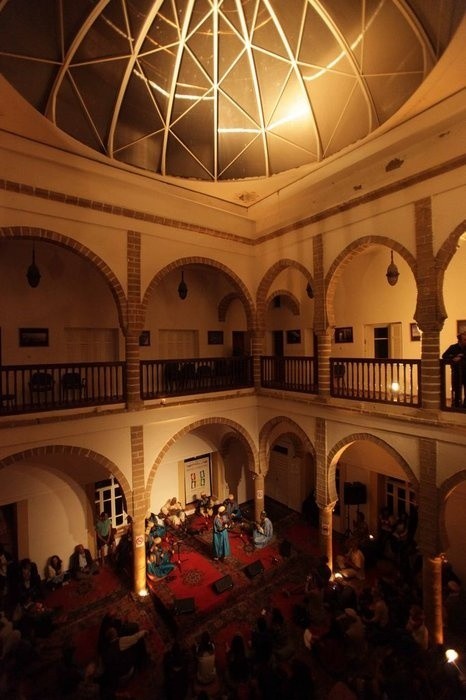
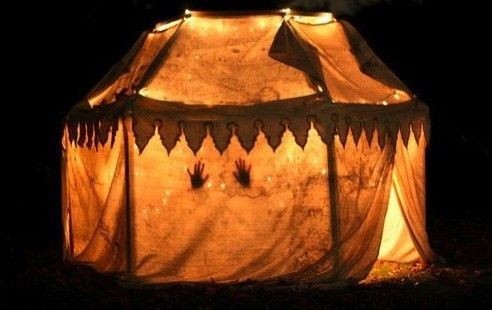
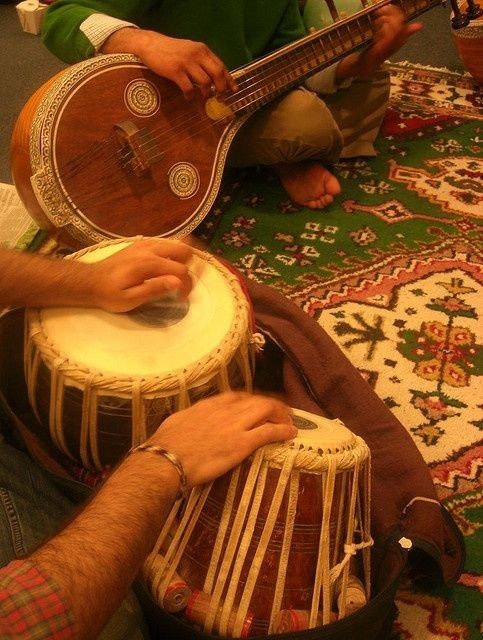
The Gnawa are a cultural and ethnic group often confused with the Imazighen (Berbers), as well as with Sufis. In fact, they are descended from slaves that were imported to Morocco from West Africa, who upon arriving, converted to Islam while maintaining aspects of their traditional spirit worship.
photos from Festival Gnaoua // text from SIMO LAGNAWI: LONDON'S TOP BERBER GNAWA
#gnawa#moroccan music#art aesthetic#culture#folklore#photography#parallels#festival gnaoua#essaouira#mogador#ancient traditions#web weaving#orange#artwork
14 notes
·
View notes
Text

Gnawa in 7 colours (2022)
2 notes
·
View notes
Text

The Master Musicians Of Jajouka Featuring Bachir Attar - Apocalypse Across The Sky
(1992 album)
Youtube Playlist | Bandcamp
0 notes
Text



#flute#firenze#florence#world music#cristina italiani#fluteplayer#flauto#fusione#ereditàdelledonne#concerto#spettacolo#saxophone#gnawa#worldmusic#festival#italytravel#firenze florence#florentine#flautist#flauta#flote#oud#cristinaitaliani#percussion#worldwide#donne italiane
1 note
·
View note
Audio
KADEF - s/t LP - I am particularly excited about this new permutation, “improvised Gnawa Jazz Krautrock“
A group of musicians invited by Devin Brahja Waldman and Ziad Qoulaii for a recording session in Montreal, QC. This music speaks about freedom and evolution of consciousness. The album could be categorized as improvised Gnawa Jazz Krautrock: a combination of sounds we are able to discover for the first time thanks to the artists involved.
KADEF: Karma, Agape, Discernment, Enactment and Freedom
Karma: choice and consequence based in
Agape, meaning Love: to honor the sacred boundaries of Human Beings and the intelligence of the Universe; for which we require
Discernment: in order to disentangle truth from deception and identify the voice of conscience towards
Enactment: to heal and evolve our hearts and minds in order to manifest wise action which leads us to
Freedom: the birthright condition of the human species and all sentient beings of the Earth
Ziad Qoulaii – vocals
Mathieu Pelletier-Gagnon – keyboards
Anas Jellouf – guembri / qraqeb / drums (4)
Devin Brahja Waldman – drums / saxes / electric bass (4)
Vicky Mettler – guitar (1,3)
Sam Shalabi – guitar (2,4,6,7)
Anass Hejam – guitar (5)
Hamza Lahmadi Kenny – oud (9)
Rachid Salamate – guembri / vocals (10,11,12)
Music by KADEF
Artwork by Ala Dehghan
5 notes
·
View notes
Text
Music Induced Trance:
TOPIC WARNING: hypnokink, detailed hypnotic ideas.
Lately I've thoroughly enjoyed listening to Kulning, Gnawa music, ancient Egyptian chanting, the original soundtrack of Runescape(Yes Runescape) and a few Shamanic Chantresses. It sparked a few ideas that I'd love to do for a scene or file.
The ideas that came to mind:
A Caregiver induces & fractionates their pet by humming them a beautiful melody. Changes to the melody such as, pitch changes, length of note suspension, volume change, speed, minor or major notes, and other things can correlate to a non-verbal instruction for the bottom. (ie: when the note is sustained, you sink deeper)
A Siren/group of Sirens seduce a sailor to abandon their course and detour through a magical cave or underwater world. Trapping them into being a prisoner to Their world.
A Deity hums and sings a hymn that brainwashes Their devotee to be Their perfect worshipper.
A sadistic Fairy lures a traveler into Her kinky cabin by kulning. The traveler must pass through the enchanted forest, but doesn't realize it's controlled by the Fairy. She watches in amusement as She makes them overcome obstacles and barely escape de*th just to get closer to Her.
A Caregiver empowers and snuggles Their little by singing affirmations. Perfect for after a tough day. They rub the little’s back, dropping them into restful trance and immersing their little in verbal love.
Something with Jigglypuff and a trainer! I don't have a full idea, I just think it could be cool to have pink dust and dress up like Jigglypuff lol
A time traveling lounge Singer seduces and brainwashes a group of patrons, at a modern restaurant.
I’m sure I’m forgetting some but these seems like lots of fun. I'd love to hear about anyone trying these, making their own idea or any resources for hypnotic singing!
Thanks🫶🏾
-Dr.Zzzz😋
#brainwashed#mind control#bd/sm kink#hypnotism#induction#hypnosis#trance#literotica#audio file#story ideas#hypnok1nk#brainwashing#hypnos lullaby#hypnodomme#sadist dom#bd/sm sadist
70 notes
·
View notes
